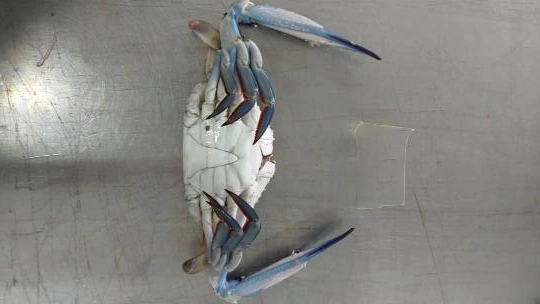Crabs aren’t just a delicious seafood option; they’re also incredibly diverse and adaptable creatures with a long and fascinating history. Here’s a scuttle through the crabby world:
Shell Yeah! The Crabby Exterior:
Crabs are crustaceans, sporting a hard exoskeleton made of chitin, a tough sugar molecule. This shell protects them from predators and the environment, but they have to shed it periodically to grow – a vulnerable time for them.
Pincer Power! Tools of the Trade:
Most crabs have a single pair of powerful pincers, perfectly suited for grabbing food or defending themselves. These claws come in all shapes and sizes, from the massive crusher claws of the coconut crab to the delicate filter feeders of spider crabs.

Scuttling Specialists! Masters of Movement:
Crabs walk sideways thanks to their ten legs. The first pair are the pincers, followed by eight walking legs. Some crab species, like fiddler crabs, even have a single enlarged claw for displaying dominance or attracting mates.
From Ocean Depths to Sandy Beaches: A World of Crabs:
Over 6,700 crab species exist, making them one of the most diverse crustacean groups. They can be found in oceans, freshwater, and even on land, like the aptly named Christmas Island red crab.
Crabby Cuisine: A Delicacy Across the Globe:
Crab meat is prized worldwide for its sweet, delicate flavor. From the giant king crab legs to the soft-shell crab dishes of Asia, these crustaceans are a culinary delight.
Crabby Adaptations: A Survival Toolkit:
Crabs have developed unique adaptations to survive in various environments. Hermit crabs borrow empty shells for protection, while fiddler crabs build mud burrows to escape predators.
So next time you see a crab at the beach or on your plate, remember the remarkable adaptations and diversity that make these creatures such a vital part of our oceans and ecosystems!
Only Grade A
- 50g-100g
- 100g-200g
- 200g-300g
- 300g and up

